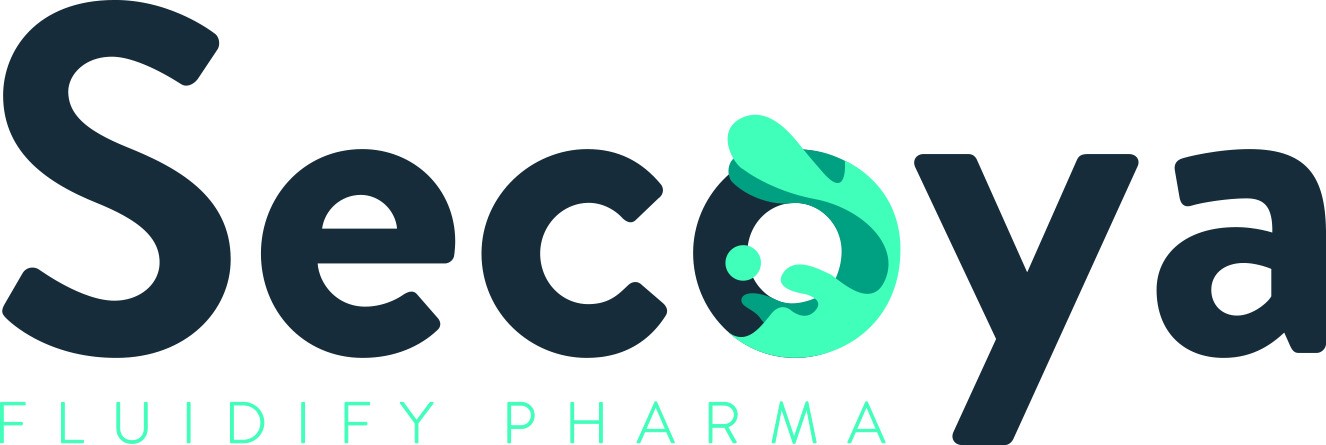News
Innovative production technologies
February 27th 2020
Candice Leblanc
ULB spin-off Secoya is developing continuous chemical synthesis, along with three innovative technologies for the production of chemical and biological molecules: one-step crystallization, pervaporation and emulsification of droplets and particles.

In order to manufacture drugs, the pharmaceutical industry mainly relies on batch production. This involves a sequence of steps carried out in large reactors where the various compounds used are mixed, heated, processed and stored. Due to the volumes processed, these steps require time and do not guarantee consistent results, as each step may induce changes in the batch’s quality.
Continuous chemical synthesis
Launched by a consortium of academic players (including ULB) and private firms, Secoya uses a different approach. ‘We use a continuous flow manufacturing process, with small reactors and, more importantly, tubes with a very small diameter’, explains Olivier André, General Manager of Secoya. ‘Continuous synthesis allows for quicker reactions and better control over the reactions’ parameters. This increases productivity, while costs can be reduced through automation. What’s more, this method results in more consistent and higher-quality products.’
Three innovative technologies
Based on the same principle, Secoya has been developing three types of technology for manufacturing active ingredients:
- Crystallization. ‘Nearly 80% of pharmaceutical ingredients undergo crystallization at one point or another’, says Olivier André. ‘Unlike batch crystallization, our technology involves just one step. Not only that, but our micro-tubular reactors enable us to calibrate the size and shape of the crystals produced with perfect accuracy.’
- Pervaporation makes it possible to isolate and extract a specific liquid from a mixture. The main benefit of this process over traditional distillation techniques is that it can be performed at a low temperature using a selective filtering membrane, which preserves the quality of the compounds.
- Emulsification produces ‘monodisperse’ droplets; their size can range from 10 to 200 micrometres—depending on their intended use—and all droplets are identical. This is an attractive technology, for instance, for the micro-encapsulation of active ingredients.
Development and prospects
Secoya was created in 2019 and has already launched Raydrop® on the market, a droplet and particle generator designed for laboratories(1). The spin-off’s crystallization technology will also soon be ready for market. ‘We are talking with pharmaceutical firms, CMOs and companies specialized in pharmaceutical formulations, in order to tailor our technologies to their specific needs’, says Olivier André. ‘We hope to eventually standardize our equipment.’
Notes:
- The generator is distributed by French company Fluigent.

 My biopark
My biopark


